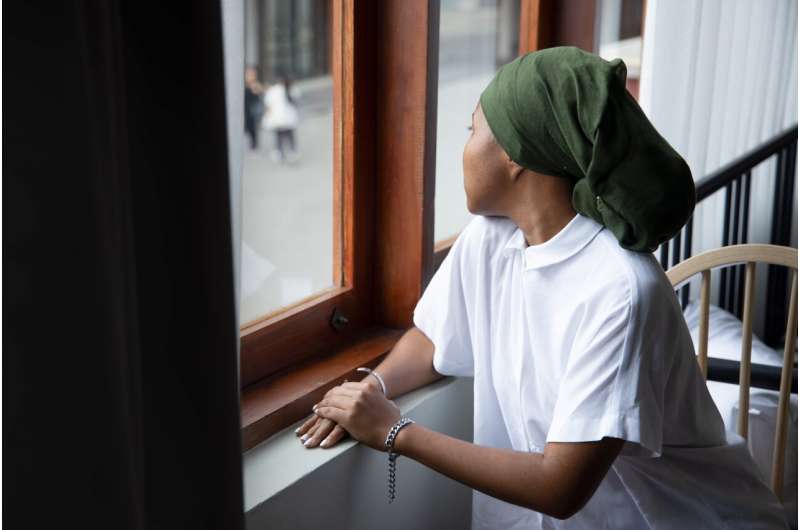New study shows substantial racial and ethnic disparities among survivors of second primary cancers in the US

In new findings from researchers at the American Cancer Society (ACS), non-Hispanic Black individuals diagnosed with a second primary cancer (SPC) experienced 21% higher cancer-related death rates and 41% higher cardiovascular-related death rates compared with their non-Hispanic white counterparts.
The study also showed that Hispanic individuals diagnosed with a second primary cancer also experienced 10% higher cancer-related death rates compared with their non-Hispanic white counterparts, but 10% lower cardiovascular-related death rates. The paper was published in JAMA Network Open.
“These disparities were, in part, attributable to unfavorable stage distributions at second primary cancer diagnosis among Black and Hispanic populations, particularly for breast cancer, uterine cancer, and melanoma,” said Dr. Hyuna Sung, lead author of the study and senior principal scientist of cancer surveillance research at the American Cancer Society.
“Complementing the currently expanding knowledge on SPC risk and care, the findings highlight research priorities to address survival disparities among the growing population of multiple primary cancer survivors.”
Study authors examined a retrospective cohort from 18 surveillance, epidemiology, and end results registries in the US, including adults diagnosed with one of the most common SPC’s, representing approximately 84% of all adult-onset SPC’s.
The results showed among 230,370 persons with SPC’s, 109,757 cancer deaths and 18,283 cardiovascular deaths occurred during 54 months of median follow-up.
When the results were stratified by 13 SPC types, compared with white individuals, the risk of cancer death was higher for 10 SPC types among Black individuals with the greatest disparity seen for survivors of second uterine cancers and for seven SPC types among Hispanic people, most notably for melanoma.
The risk of cardiovascular death was higher among Black individuals of 11 SPC types, but generally lower among API and Hispanic populations than white individuals. Including county attributes (household income and urbanicity) and clinical characteristics (stage at diagnosis, tumor subtypes, treatment receipt) in the models reduced the racial and ethnic disparities substantially, highlighting opportunities to reduce racial and ethnic disparities in the survival of those with multiple primary cancers.
“Persons with multiple primary cancers may face unique challenges such as limited treatment options, multiple chronic morbidities, complexity in navigating health care systems, and exacerbated financial hardship” added Sung. “Issues of financial hardship may be particularly relevant to the observed racial and ethnic disparities in SPC survival as prior cancer-related disruptions and employment consequences are disproportionately experienced by racial and ethnic minority groups.”
“Ending cancer as we know it requires public health interventions that ensure everyone has equitable access to quality, affordable and timely access to prevention and early detection,” said Lisa Lacasse, president of the American Cancer Society Cancer Action Network (ACS CAN).
Other ACS authors participating in this study include Lauren Nisotel, Ephrem Sedeta, Dr. Farhad Islami, and Dr. Ahmedin Jemal.
More information:
JAMA Network Open (2023). DOI: 10.1001/jamanetworkopen.2023.27429 , jamanetwork.com/journals/jaman … tworkopen.2023.27429
Journal information:
JAMA Network Open
Source: Read Full Article


